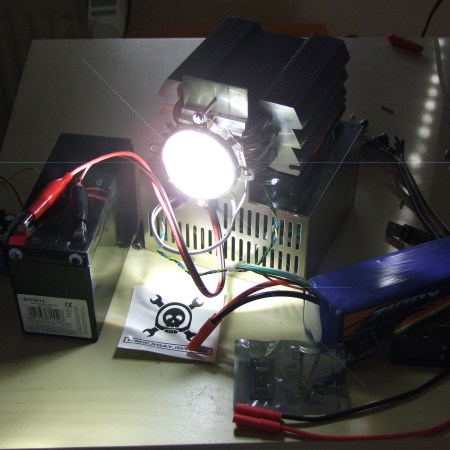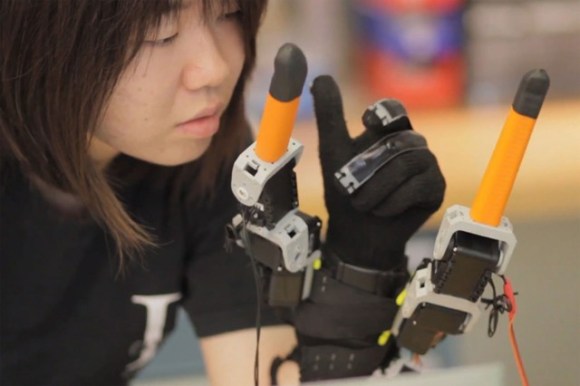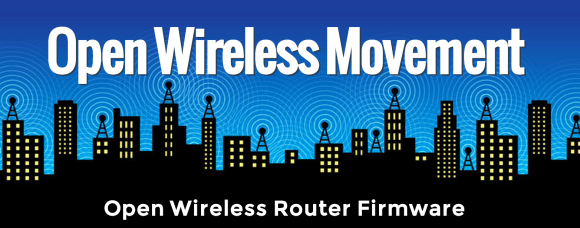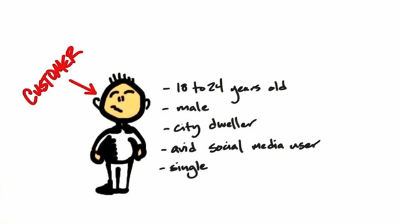Above: Russian President Vladimir Putin
Russian spies will soon arrive in Cuba to begin intercepting U.S. communications.
The impoverished, communist Cuban government, with Raul Castro calling the shots, signed a deal with the Russian’s to re-open Lourdes, a massive Cold War signals intelligence (SIGINT) base used by Russia to vacuum up U.S. ultra high frequency (UHF) radio communications. Russia opened the base in the 1970′s and later closed it due to financial costs.
Now it’s opening the base again, for the first time since the Cold War ended.
The deal was inked last week between Russian president Vladimir Putin and Raul Castro. Cuba is one of the few countries these days welcoming Putin with open arms. The Russian president is facing international outrage after pro-Russian guerrillas in the Crimea shot down a Malaysian Airlines 777 with a sophisticated surface-to-air missile last week.
Technology has evolved a good deal since the 1970s, when UHF radio was (nearly) state of the art. So, the good news?
“It’s a political, Cold War move more than anything,” a former National Security Agency official told VentureBeat.
“The Russians don’t need to draw attention to themselves by opening a SIGINT listening post. If they were serious about intercepting communications from inside the U.S. they wouldn’t be talking publicly about it.”
In other words, the announcement is a political jab, not a real intelligence threat. Your Gmails are no more in danger than they were before.
“Public relations is the end goal here. So you can bet the Russians are not doing anything significant there with regards to comm intercepts,” the former official said.
Lourdes is about 100 miles from the U.S. and was considered the largest Soviet-era listening post outside the then Soviet Union. At its peak in the 1970′s, more than 3,000 Russian technicians manned the controls, mainly intercepting and analyzing communications within the U.S., like phone calls and radio comms.
For their part, the Cubans liked to brag that Lourdes provided Russia with 75 percent of its “actionable” intelligence on the U.S. Many intelligence experts said that number was highly exaggerated.
These days, a large part of SIGINT collection is done by computer networks and teams, hidden in nondescript buildings and covert listening posts all over the world. Technicians engaged in that sort of work don’t want their covers and methods blown — and they don’t need to move to troubled Caribbean nations to do it.
Russian SIGINT personnel are highly competent, but its unclear if those soon to be living and working at Lourdes will work to steal American secrets, like cell phone traffic, for example.
“Lourdes was a traditional high-frequency listening post, and its proximity made it dangerous,” the former NSA official said. “Now it’s computer to computer, and not the location itself.”
“At a technical level, the Russians are just as good as we are. Although they don’t have the consistency we do, their intelligence value is high. They’re good,” the official said.
The Cold War is back. And heating up. But the real action is probably not actually in Cuba.















